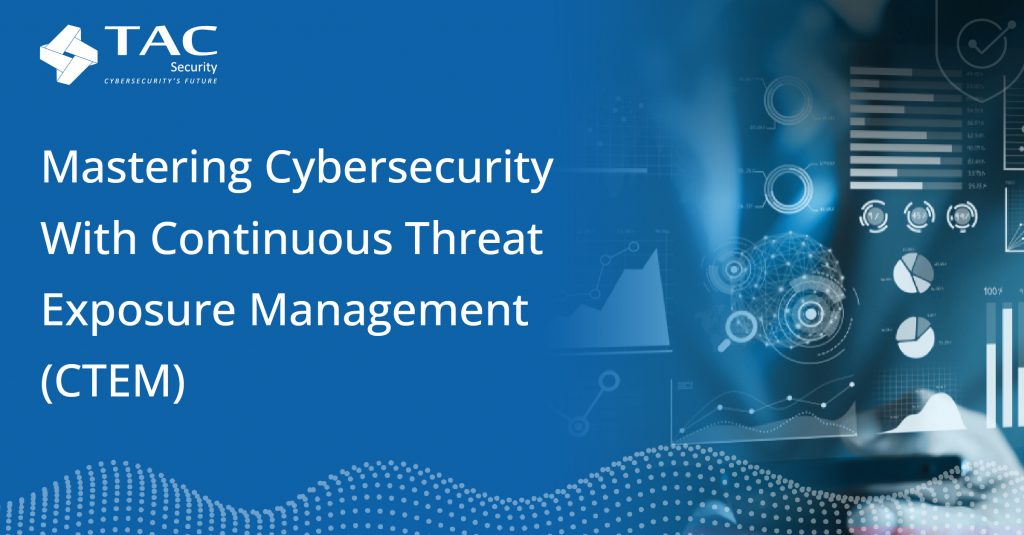[ad_1]
In in the present day’s digitally linked world, organizations face an ever-evolving panorama of cyber threats. With the fast development of know-how, the assault floor expands, presenting new challenges for cybersecurity professionals. To fight these threats successfully, organizations should undertake a proactive and holistic method to cybersecurity. One such method gaining traction amongst mature organizations is Steady Menace Publicity Administration (CTEM).
CTEM is not only one other piece of software program; it’s a complete cybersecurity workflow designed to assist organizations keep forward of rising threats and vulnerabilities. Developed based mostly on Gartner’s 5-step course of, CTEM empowers organizations to evaluate, prioritize, and mitigate dangers repeatedly. Let’s delve into the core elements of CTEM and perceive why it’s important for contemporary cybersecurity practices.

1. Scope: Defining the Battlefield
Step one in CTEM is to outline the group’s assault floor comprehensively. This includes figuring out and classifying all tangible and intangible belongings, together with units, functions, social media accounts, and provide chain techniques. By partaking key stakeholders and conducting a preliminary threat evaluation, organizations can prioritize belongings based mostly on enterprise worth and potential influence. Moreover, leveraging instruments like ESOF VMP ensures correct scoping and prioritization to streamline the method.
2. Uncover: Shedding Gentle on Hidden Dangers
Within the discovery section, organizations uncover particular dangers by repeatedly figuring out particular person belongings and assessing their vulnerabilities. By means of the deployment of automated and guide discovery instruments, organizations can preserve a complete asset stock and repeatedly assess for vulnerabilities and misconfigurations. With the assist of ESOF VMP, discovery turns into seamless, integrating favourite instruments and scheduling steady scanning for enhanced visibility.
3. Prioritize: Tackling Threats in Actual-Time
As soon as vulnerabilities are recognized, the following step is to prioritize them based mostly on threat and influence. A risk-based prioritization framework permits organizations to guage vulnerabilities contemplating severity, exploitability, and enterprise context. Emphasizing high-value belongings ensures that mitigation efforts are aligned with organizational priorities and threat tolerance. ESOF VMP facilitates cross-correlation with exploits and AI-based threat prioritization, enhancing the accuracy of risk evaluation.
4. Validate: Separating Noise from Substance
Validation is essential to make sure that recognized vulnerabilities represent respectable threats and require rapid motion. By verifying exploitability and analyzing potential assault pathways, organizations can decide the need for remediation or the adequacy of compensating controls. ESOF VMP supplies native dealing with of compensating controls and facilitates penetration testing for complete validation.
5. Mobilize: Uniting Forces for Motion
The ultimate step within the CTEM course of includes rallying safety and IT groups to execute mitigation methods successfully. Clear communication and strategic planning are important to translate safety insights into actionable duties. By integrating with native ITSM platforms like Jira and ServiceNow, organizations can streamline the approval and implementation of mitigation efforts, making certain a coordinated response to threats.
Steady Menace Publicity Administration (CTEM) with ESOF affords a proactive and systematic method to cybersecurity, enabling organizations to remain forward of evolving threats. By implementing the Gartner-recommended 5-step course of and leveraging instruments like ESOF VMP, organizations can improve their cyber resilience and safeguard their digital belongings successfully. Embracing CTEM is not only a selection however a necessity in in the present day’s dynamic risk panorama.
[ad_2]


